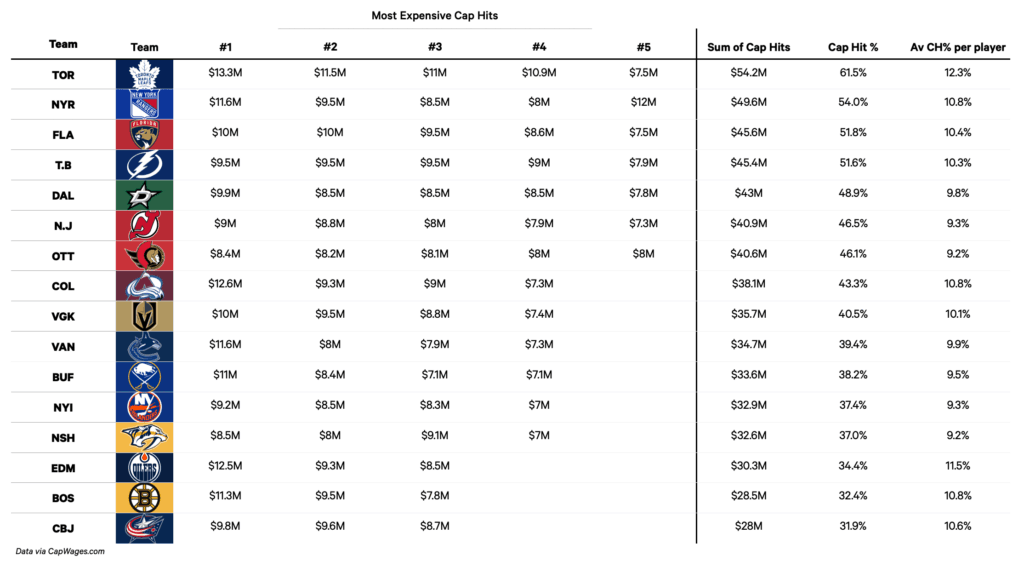
Introduction: The Significance of the NHL Salary Cap
The NHL salary cap is an essential aspect of the National Hockey League’s operational structure, ensuring competitive balance and financial fairness among teams. Instituted in 2005, the cap has undergone various adjustments, most recently taking into account the economic impacts of the COVID-19 pandemic. Understanding the salary cap is crucial for fans, players, and team management alike, as it directly affects player contracts, team strategies, and overall league dynamics.
The Basics of the NHL Salary Cap
The salary cap sets a limit on the total amount of money that a team can spend on player salaries in a given season. As of the 2023-2024 NHL season, the salary cap is set at $83.5 million, which is a modest increase from the previous season. This figure is determined by the league’s revenue, including television contracts, ticket sales, and merchandise. By capping spending, the NHL promotes parity; no single team can dominate by simply signing the highest-paying players.
How the Salary Cap Affects Teams
Teams must navigate the complexities of the salary cap carefully. Successful franchises often employ rigorous strategies to manage their payroll, ensuring they stay competitive within the cap limits. This can involve re-signing key players, negotiating contracts, and making trades to balance the financial books. For instance, teams may have to release high-salaried individuals or take on cheaper, younger talents to remain under the cap. Additionally, the cap impacts how teams approach the trade deadline, free agency, and the NHL Draft.
Current Events and Trends
Recently, the NHL’s board of governors approved a new revenue-sharing plan, which aims to assist teams that struggle to meet the cap parameters. As the league rebounds from the financial setbacks caused by the pandemic, it is expected that the salary cap will see a more significant increase in the coming years. Analysts predict that with improved revenues, the cap could rise to as much as $90 million by the 2024-2025 season, facilitating more significant player movements and team investments.
Conclusion: The Future of the NHL Salary Cap
The NHL salary cap will continue to play a pivotal role in shaping the league’s landscape. As revenue increases and teams adjust their strategies, it is crucial for fans and stakeholders to monitor how the cap evolves. Understanding these dynamics can enhance the viewing experience and appreciation for the complexities involved in managing a professional hockey team. With the potential for a rising cap in future seasons, excitement around player transactions and team competitiveness will likely grow, leading to an even more dynamic league.



